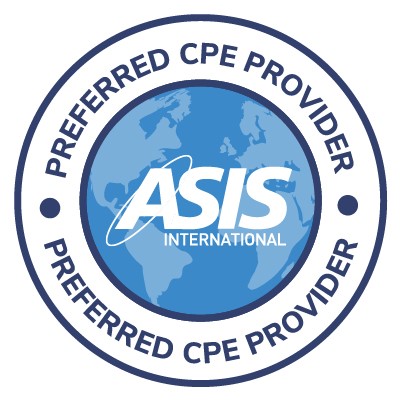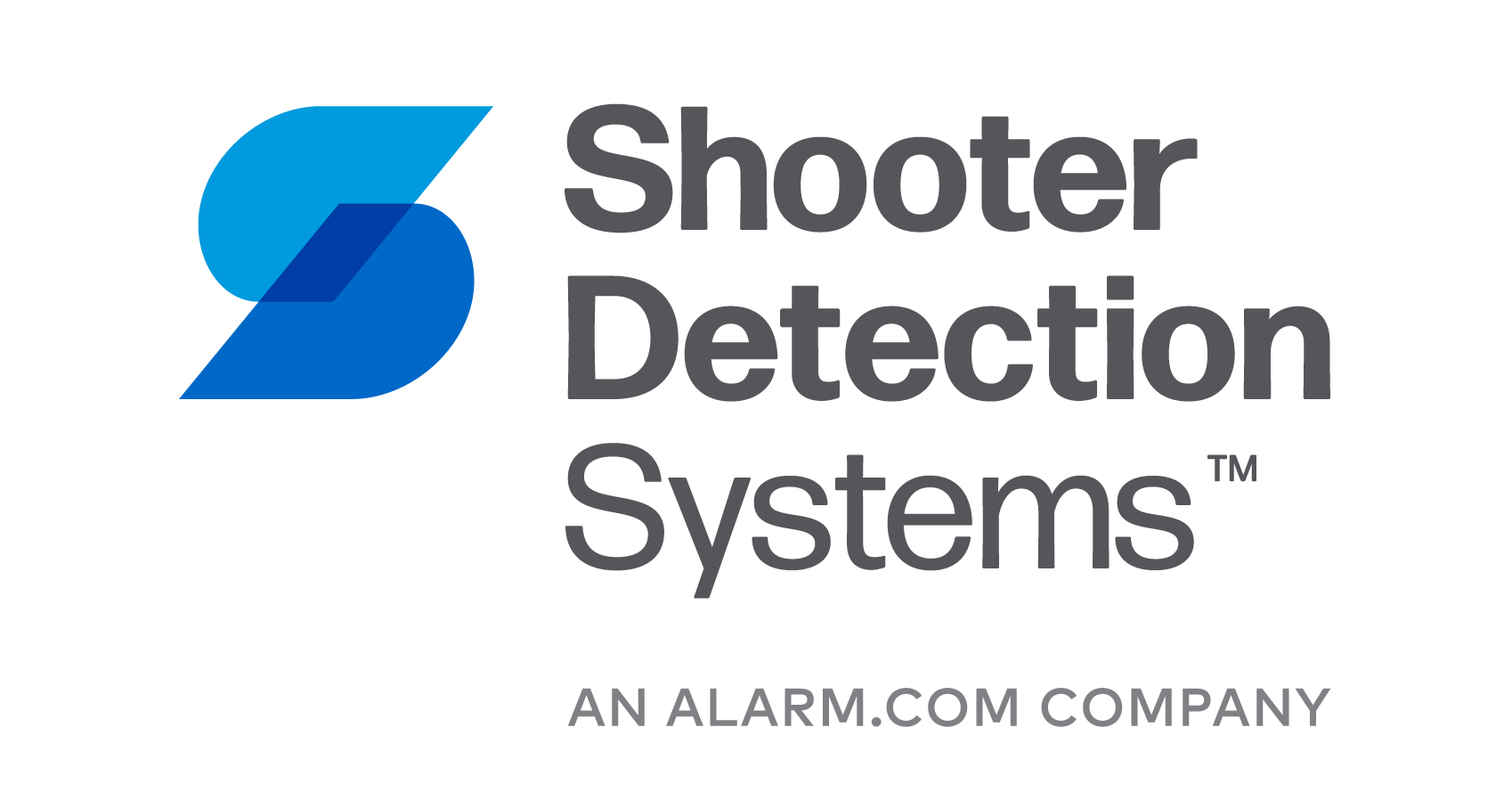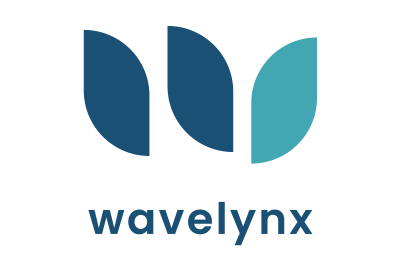2025 Sessions

Approved for 13.75 CPE's

Approved for 6 CEC's
Keynote Session
sponsored by

Lessons in Leadership
Capital 4-7 Ballroom Saturday 8:00 – 9:00 AM
Presenters:
Dave Komendat
President, DSKomendat Risk Management Services
GENERAL SESSIONS
sponsored by

End User Perspectives on Consultant Value
Capital 4-7 Ballroom Saturday 1:15 - 2:15 PM
Moderator:
Jerrod Johnson, Head of Corporate Security & Business Continuity, Ferguson Enterprises, LLC
Panelists:
Mike Howard, former CSO, Microsoft
Rob Nix, Director, Enterprise Security Technology, Cox Enterprises, Inc.
Bhavesh Patel, Founder & CEO, BhCG
The Reality of AI Legal Liability
Capital 4-7 Ballroom Sunday 8:00 - 9:00 AM
Moderator:
Jon Polly, Chief Solutions Officer, ProTecht Solutions Partners
Panelists:
Amy Natasha Osteen, General Counsel, Alcatraz
Jake Parker, Sr. Director - Government Relations, Security Industry Association
Bobby Prostko, Deputy General Counsel and Chief Privacy Officer, Allegion
Specifications & Projects
sponsored by

Navigating Your Way with the CA
Agate (Level 3) Sunday 9:15 - 10:30 AM
Moderator:
Todd Winslow, Senior Consultant & Associate Principal, Exante360
Panelists:
RJ Hope, Principal & Director, Corporate Resiliency, Burns & McDonnell
Jason McCann, Technology Systems Designer, Mead & Hunt
Beth Van Why, Project Executive, Becker & Frondorf
Div 08 vs Div 28 - The Ongoing Conundrum
Agate (Level 3) Sunday 10:45 AM - 12:00 PM
Moderator:
James Krile, Associate Principal, Heapy
Panelists:
Chris Fitzgerald, Senior IMIT Consultant, HH Angus
Katie Jump, Strategic Account Manager, Paladin Technologies
Dave Miller, Principal, MCG Design Services
Benjamin Williams, Sr. Director of Product Management, ASSA ABLOY Opening Solutions
Mentoring Designers into Consultants - Path to Design Competency
Agate (Level 3) Sunday 1:15 - 2:30 PM
Moderator:
Charles LeBlanc, Principal / Project Executive, IMEG Security Group
Panelists:
Jerry Blanchard, Chairman & CEO, Protus3
Forrest Gist, Global Principal - Security, Jacobs
Tim McCord, Senior Associate, TLC Engineering Solutions
Vertical Focus: Hospitals & Healthcare
Agate (Level 3) Sunday 2:45 PM - 4:00 PM
Moderator:
Frank Pisciotta, President, Business Protection Specialists
Panelists:
Steven DeArruda, Senior Security System Designer, Business Protection Specialists
David McGowan, Vice President - National Security Services, Kaiser Permanente
Allen Mulanax, SVP Business Development, Paladin Technologies
Card Reader Security
sponsored by

OSDP Deployment Issues
Capitol 1 Ballroom (Level 4) Sunday 9:15 AM - 10:30 AM
Presenters:
Sal D'Agostino, CEO, IDmachines
Rodney Thayer, Convergence Engineer, Smithee Solutions
Is 2025 the Breakout Year for PKOC?
Capitol 1 Ballroom (Level 4) Sunday 10:45 AM - 12:00 PM
Moderator:
Jason Ouellette, Vice President, Elatec
Panelists:
Bruno Desrochers, Sales Manager - Canada, Tech Systems
Keith Kelly, Director & Chief Security Officer, Deloitte
Mike Zercher, Consultant/Software Engineer, Secure Element Solutions
Hands-on Card Reader Hacking & OSDP Workshop (Double Session)
Capitol 1 Ballroom (Level 4) Sunday 1:15 - 4:00 PM
Presenters:
James Cooper, Directory of Technology & Cyber Security , Pavion
Sal D'Agostino, CEO, IDmachines
Rodney Thayer, Convergence Engineer, Smithee Solutions
Door Hardware
sponsored by

Introduction to Door Hardware Design
Capitol 3 Ballroom (Level 4) Sunday 9:15 - 10:30 AM
Presenters:
Justin McKee, Sr. Channel Marketing Manager, Allegion
Derek Ommert, Director of Business Development, ASSA ABLOY
Updated Codes for Electrified Door Hardware
Capitol 3 Ballroom (Level 4) Sunday 10:45 AM - 12:00 PM
Presenter: Lori Greene, Manager - Codes & Resources, Allegion
Door Hardware Workshop (Double Session)
Capitol 3 Ballroom (Level 4) Sunday 1:15 - 4:00 PM
Presenters:
Justin McKee, Sr. Channel Marketing Manager, Allegion
Derek Ommert, Director of Business Development, ASSA ABLOY
Special Topics
sponsored by

AI Use Cases
Granite (Level 3) Sunday 9:15 - 10:30 AM
Moderator:
Josh Cummings, EVP - Technology, Paladin Technologies
Panelists:
Jarrett Morgan, Technology Leader, Mead & Hunt
John Nemerofsky, Chief Operating Officer, Sage Integration
Aaron Saks, Director of Product Training, Hanwha Vision
Bryan Schmode, CEO, Soterix Systems
Access Control for Remote Locations
Granite (Level 3) Sunday 10:45 AM - 12:00 PM
Moderator:
Charles Johnson, Founder & CEO, NGA Security Associates, LLC
Panelists:
Paula Balmori Beltrán, Global Director of Security Design & Integration, Brivo
Chad Hendrickson, Sales Leader (CO), Convergint
Eric Joseph, Vice President - Strategic Sales, Honeywell Security
Bhavesh Patel, Founder & CEO, BhCG
Why Bollards Fail
Granite (Level 3) Sunday 1:15 - 2::30 PM
Presenter: Robert Miller, Owner, Imperial Professional Consulting
Questions or comments? Contact us at admin@securityspecifiers.com.
About Us
CONSULT is a security industry event sponsored by SecuritySpecifiers. SecuritySpecifiers is an online community and network of security professionals established to address the need for the physical security industry to more effectively engage with designers and consultants.